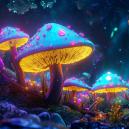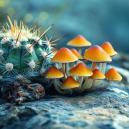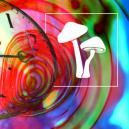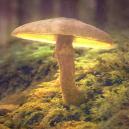Animals That Love Psychedelics As Much As Humans
Published :
May 28th, 2020
Categories :
Research

Human's aren't alone in our love for drugs. Many other animals have identified plants that serve up a good time. Tripping among animals is a widespread phenomenon, from the Amazon rainforest to the Arctic tundra.
IT TURNS OUT ANIMALS LOVE DRUGS AS MUCH AS WE DO
Humans have been using psychedelics since antiquity. We’ve used them for spiritual purposes, to expand our consciousness, and even for recreational enjoyment. Some academics even hypothesise that magic mushrooms played a role in the evolution of the human brain. But we’re not the only species to seek out these experiences.
Many other members of the animal kingdom also devour hallucinogenic and mind-altering plants. Why? We’re not too sure—but they seem to have a lot of fun while doing it.
Researchers in the field of ethnobotany think that humans may have been turned on to some natural psychedelics by observing the effects they had on animals. That’s right; we may have animals to thank for introducing us to some of our favourite intoxicants!
Let’s explore which members of the animal kingdom are particularly fond of altering their consciousness, and with which drugs.
MANDRILLS HAVE A TASTE FOR IBOGA
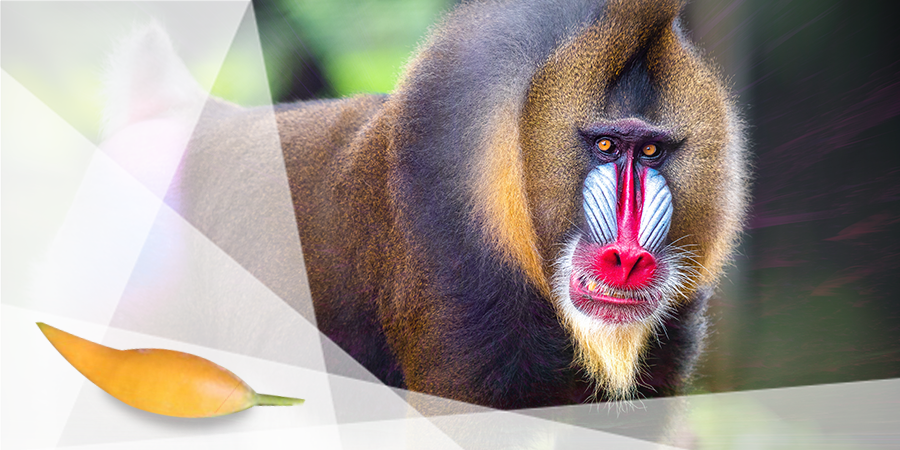
Mandrills are primates native to the tropical rainforests of Cameroon, Gabon, Equatorial Guinea, and the Congo. They’re the world’s largest monkeys, and look strikingly similar to baboons. When they’re not munching on fruit and escaping leopards, mandrills hunt down and ingest an extremely potent psychedelic—the iboga root.
Iboga (_Tabernanthe iboga_) is a perennial rainforest shrub that produces the psychoactive alkaloid ibogaine. The plant is used in the Bwiti spiritual discipline during ceremonies to induce incredible visions.
Mandrills also make use of the iboga plant, but under different circumstances. Males dig out the roots and ingest them before competing for dominance. It’s thought to give them a physical advantage before competition and potentially reduce pain.
JAGUARS ON THE HUNT FOR AYAHUASCA
Jaguars are big cats in the Panthera genus. These large, muscular apex predators have an extensive geographic range that sweeps from the Southwestern United States, through Mexico and Central America, and into the Amazon through to Argentina. Jaguars in the Amazon have been observed tripping out on the ayahuasca vine (_Banisteriopsis caapi_).
Ayahuasca is an entheogenic brew used in traditional healing ceremonies by the indigenous people of the Amazon. It is made up of several plants, and the active constituent of the brew is DMT, one of the most potent psychedelics on the planet. The ayahuasca vine doesn’t contain the molecule, but it does produce alkaloids that prevent the body from breaking down DMT from other plants in the concoction.
Researchers have filmed jaguars munching on the ayahuasca vine. After ingestion, the big cats snap out of their alert and skittish demeanour and proceed to recline and stare into the canopy above.
REINDEER CHOMP HALLUCINOGENIC MUSHROOMS
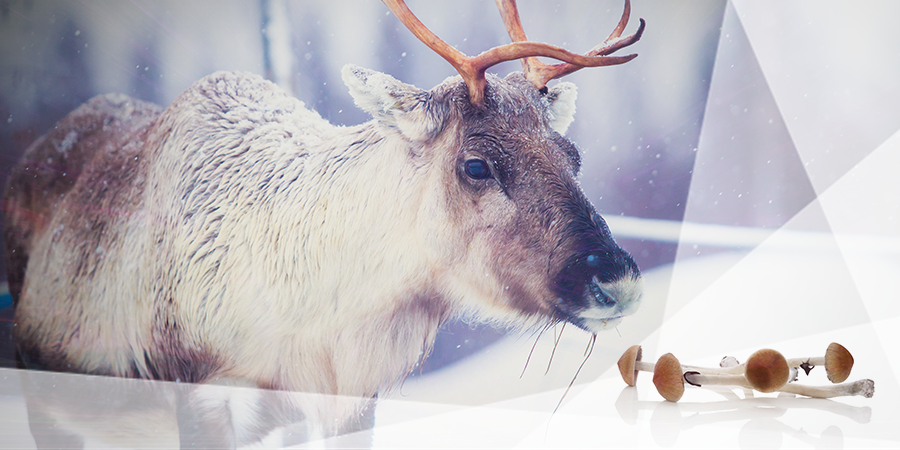
Fly agaric (_Amanita muscaria_) is the quintessential fungus. The mushrooms frequently feature in movies, fairy tales, and art. It’s what springs to mind when somebody mentions “mushrooms” or “toadstools”.
The species is native to temperate and boreal regions of the Northern Hemisphere. The mushroom is known to spring up in subarctic areas, a territory it shares with reindeer.
Fly agaric contains two primary psychoactive molecules: ibotenic acid and muscimol. Ibotenic acid is classified as a potent neurotoxin, whereas muscimol is deemed safer and produces euphoria, out of body experiences, and sedation.
Reindeer have no problem ingesting the mushrooms and display drunken behaviour after doing so. They appear resistant to ibotenic acid, which is broken down into muscimol in their digestive systems. Muscimol survives this process and passes out through the urine.
The Sami—the native people of Lapland—figured out that reindeer effectively act as a filter for toxins in the mushroom. They were known to drink the urine of reindeer who had eaten fly agaric to experience the effects with little to no toxicity.
CATS CAN’T RESIST CATNIP
You’ve no doubt seen the viral videos online. Cats abandon their normal instinctive behaviour when they encounter catnip, and shortly become full-fledged junkies. They smell it, roll around in it, even eat it. Soon after, their pupils dilate, and strange behaviour ensues.
Catnip (_Nepeta cataria_) is an herb native to Eastern Europe, the Middle East, and parts of Asia. Around two-thirds of cats have an intense attraction to the plant, including big felines such as tigers and lions.
The molecule nepetalactone fuels the irresistible attraction. The monoterpenoid causes drooling, sleepiness, anxiety, and leaping around in cats.
DOLPHINS GET HIGH ON PUFFERFISH TOXINS
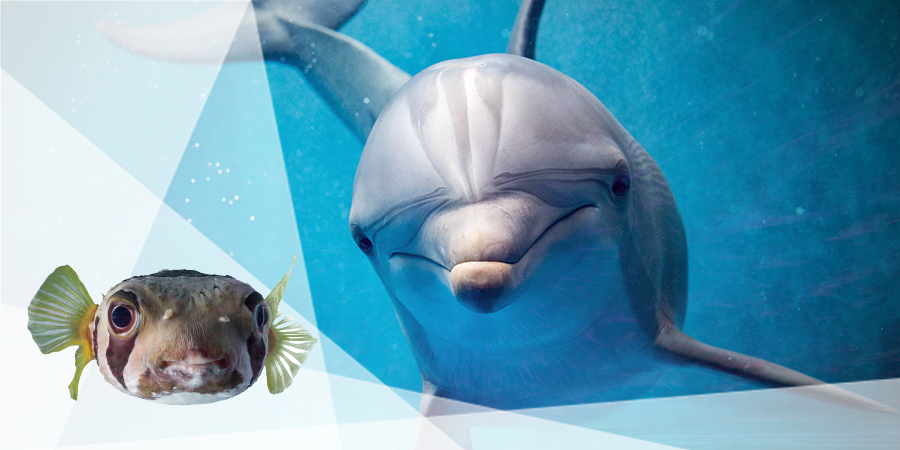
Animals don’t only get their drugs from the plant kingdom; some of them source their high from other animals. When threatened, pufferfish release a potentially deadly neurotoxin. However, in small doses, the chemical has a mind-altering effect.
Dolphins have been filmed taking advantage of this defence mechanism. They appear to become blissed out and euphoric as they each take turns consuming pufferfish toxins.
ANIMAL EXPERIMENTS
The examples above show animals seeking out mind-altering substances in their natural environment. But what happens when humans introduce certain species to drugs? Bear in mind that some parties may consider the following experiments to be animal cruelty.
MONKEYS SMOKING DMT
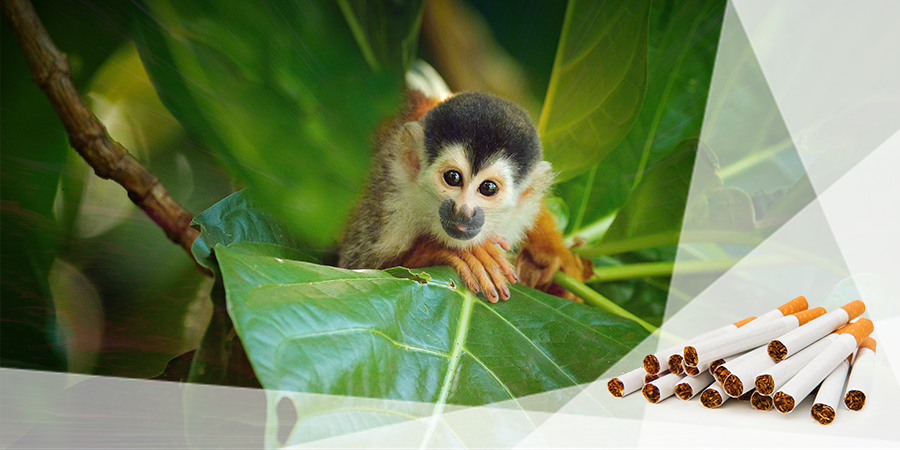
Smoked DMT produces an extraordinarily potent yet short-lived psychedelic effect. Users report being catapulted into alternative dimensions, leaving their bodies, and interacting with entities.
An unethical experiment published in 1980 tested the effects of smoked DMT on rhesus monkeys. The animals were trained to smoke lettuce cigarettes for water. The researchers proceeded to isolate the monkeys, placing them in sensory deprivation chambers void of light and sound.
After several days of isolation, researchers placed DMT into the cigarettes and watched the monkeys self-administer DMT for several days. The monkeys were filmed with infrared cameras and were seen swatting at things in the air. One monkey seemed amused at the effects and proceeded to consume two whole DMT cigarettes per day. Another smoked an entire DMT cigarette, spread out on her stomach, and moved her hands over the cage floor.
The researchers concluded that the results suggest animals will self-administer a hallucinogen when it provides stimulation in a deprived environment.
OCTOPUSES ON MDMA
MDMA, otherwise known as ecstasy, produces profound states of euphoria and joy. It binds to serotonin receptors and boosts the release of neurotransmitters.
Researchers tested the effects of the drug on octopuses—highly intelligent creatures that can solve complex problems. Octopuses are notoriously antisocial creatures and often begin fighting during encounters.
When researchers administered MDMA to the tentacled creatures, they began socialising and getting along with each other.
USE OF PSYCHEDELICS IS SHARED AMONG THE ANIMAL KINGDOM
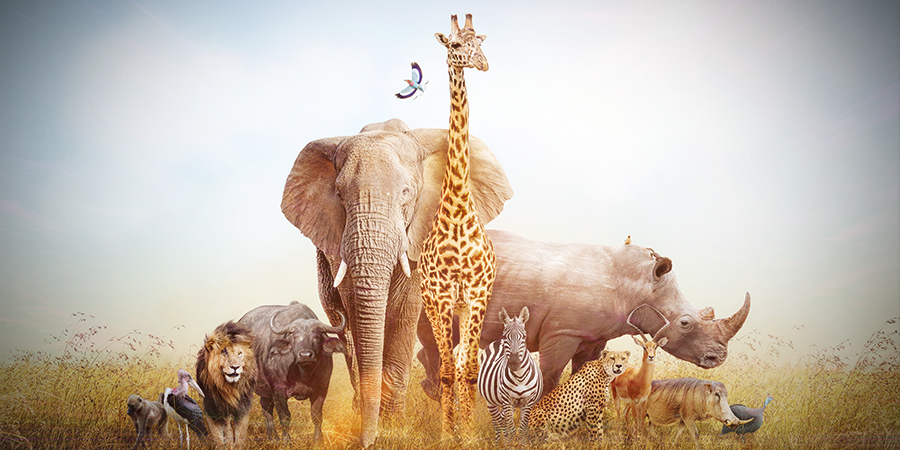
Humans may be unique from other animals in many ways, but drug use isn’t one of them. Many other creatures also partake in potent psychoactive substances. Again, we’re not too clear on the reasons why; could it be boredom? Is it some instinctual drive? Whatever the cause—it’s a fascinating shared experience among many animals on earth.







